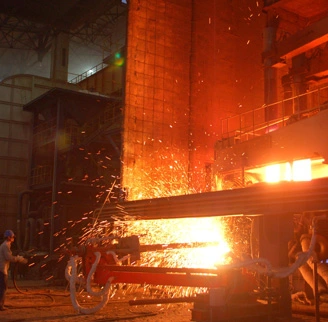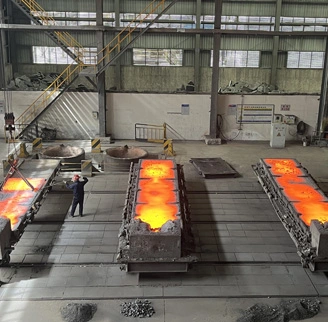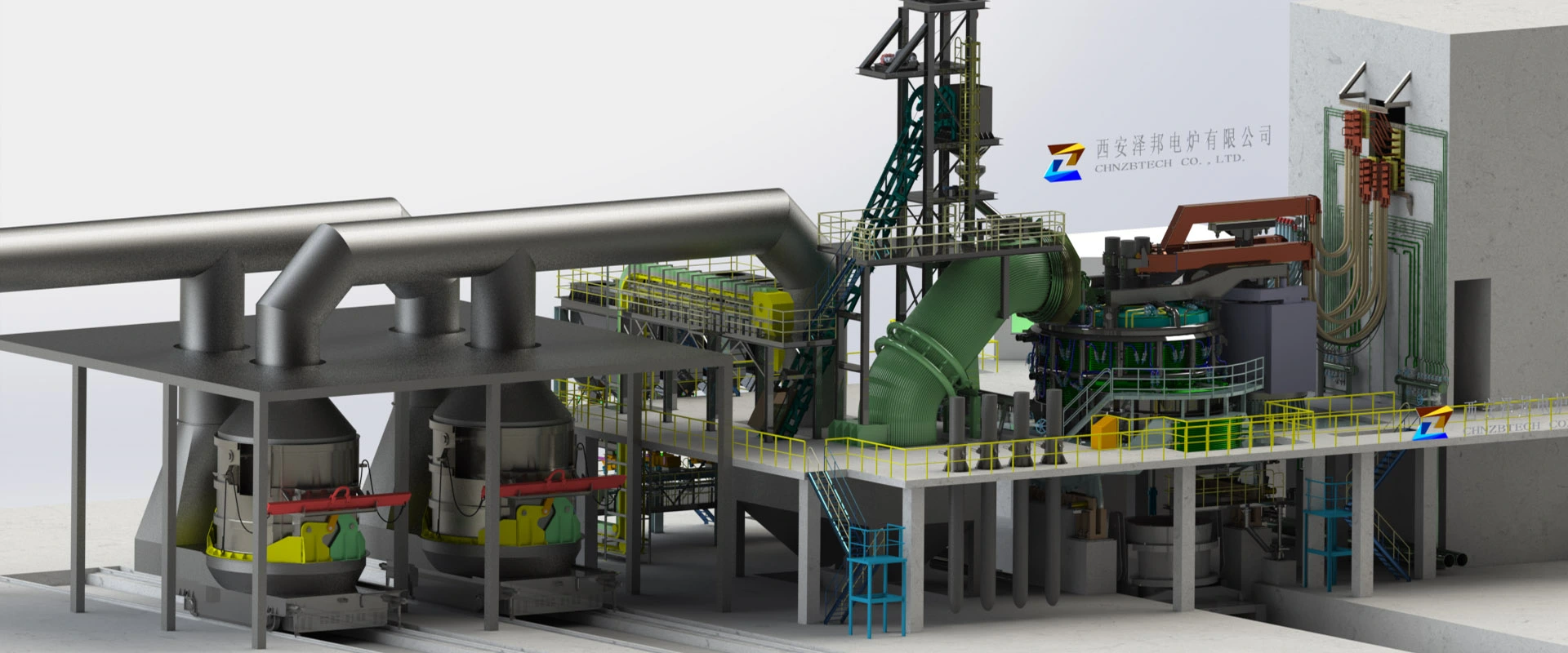 back homepage
back homepage
- LRF Ladle Refining Furnace
- ESR Electroslag Remelting Furnace
- VOD Vacuum Oxygen Decarburization
- AOD Argon Oxygen Decarburization
- Silicon Metal Furnace
- Ferrosilicon Furnace
- Silicomanganese Furnace
- Corundom Furnace
- DC Submerged Arc Furnace
- Low Carbon Ferrochrome Furnace
 EN
EN
 fr
fr  ar
ar  fa
fa 




















